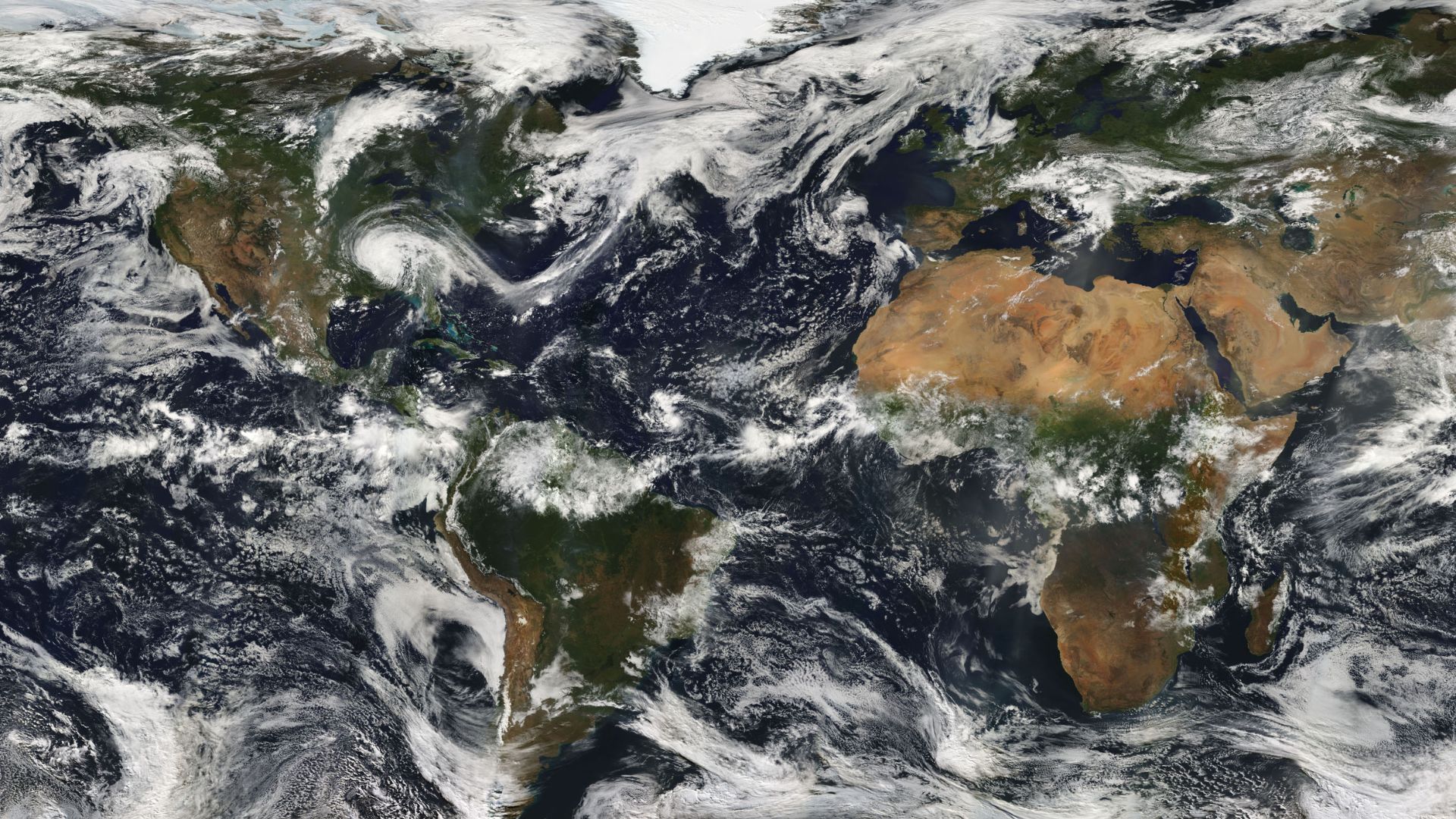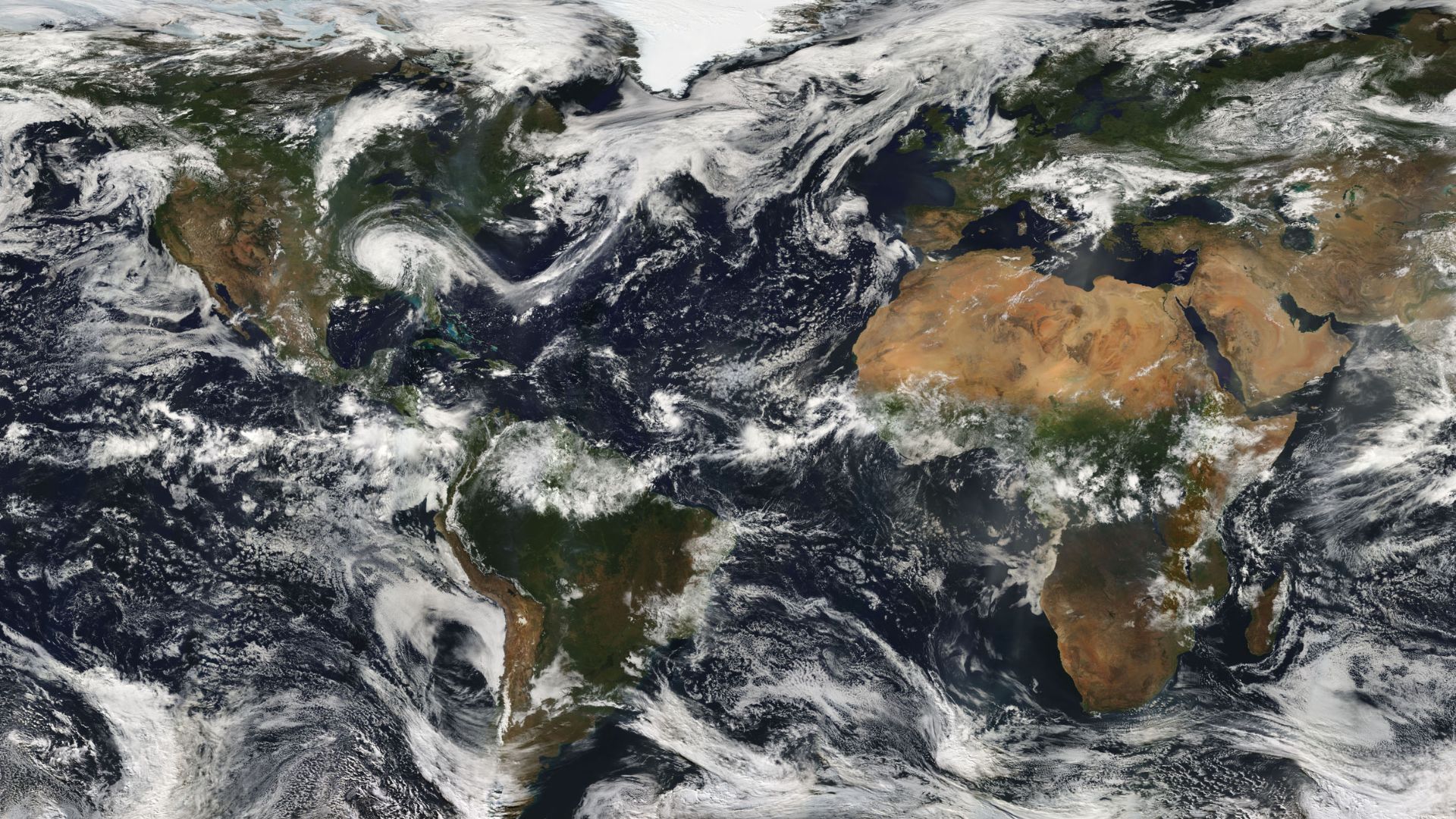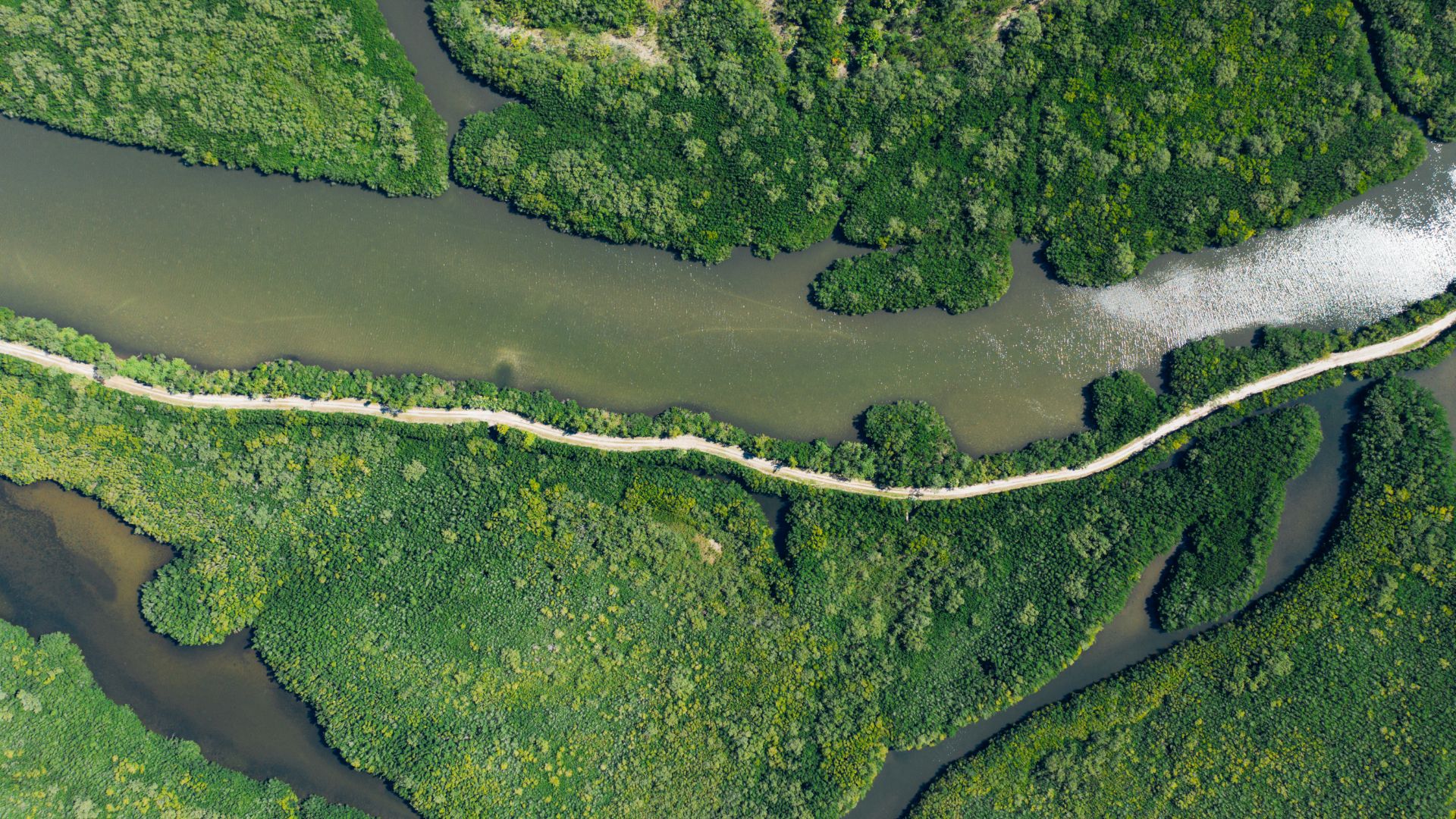Catalog of Historic Satellite Missions: A Journey Through Space-Based Earth Observation

Since the launch of the first Earth observation satellite, scientists have relied on space-based technology to monitor our planet’s changing environment. Over the decades, a series of landmark satellite missions have transformed our understanding of weather patterns, climate change, land use, and natural disasters. From early experimental satellites to modern high-resolution imaging systems, these missions have paved the way for advancements in Earth observation and environmental science.

One of the earliest and most influential missions was NASA’s Landsat program, which began in 1972 and remains one of the longest-running Earth observation efforts. Landsat satellites have provided continuous data on land cover changes, deforestation, and urbanization, making them invaluable for environmental research and resource management. Similarly, the NOAA GOES (Geostationary Operational Environmental Satellite) series, launched in the 1970s, has revolutionized weather forecasting by offering real-time storm tracking and climate monitoring.

In the 1990s and 2000s, new satellite missions expanded our capabilities in atmospheric and oceanic studies. The Terra and Aqua satellites, part of NASA’s Earth Observing System, introduced multispectral imaging that allowed scientists to study vegetation health, sea surface temperatures, and air pollution levels. Meanwhile, the GRACE (Gravity Recovery and Climate Experiment) mission, launched in 2002, measured changes in Earth's gravity field, providing crucial data on groundwater depletion and ice sheet dynamics.

Today, satellite missions continue to push technological boundaries, with constellations like the European Space Agency’s Sentinel program offering near-real-time monitoring of land, ocean, and atmospheric conditions. The future of Earth observation is likely to be shaped by advancements in miniaturized satellites, hyperspectral imaging, and global sensor networks, ensuring that space-based monitoring remains a cornerstone of scientific discovery and environmental management.

